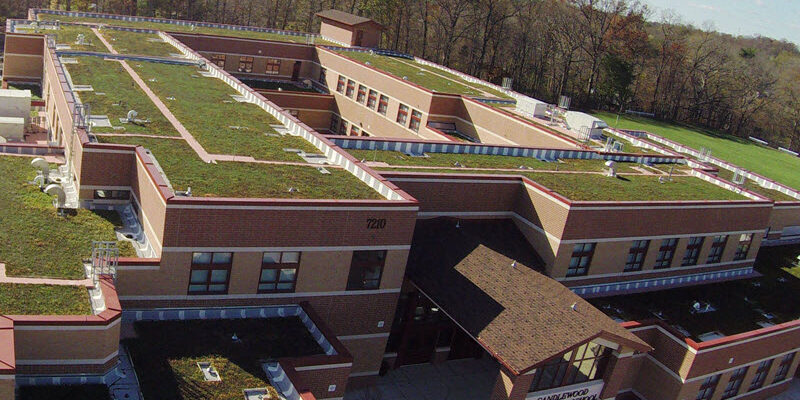Cole Roofing Company wants you to be aware of common signs that this week’s extreme weather may have damaged your commercial roof.
- Missing or lifted shingles or roofing material can lift, leaving gaps or exposed areas.
- Loose flashing from wind, which may have torn, compromising waterproofing
- Soffits and fascia are vulnerable to wind damage; check for cracks, dents, or missing sections
- Wind damage may create openings that allow water to penetrate; look for water stains on the ceiling or walls inside the building
- Strong winds can cause the roof structure to bow or warp; check the roof lining for any irregularities
- The storm may have deposited debris, such as branches or other foreign objects, on the roof; these should be removed promptly to prevent further damage
- Check for any visible holes or punctures
- Extreme weather can weaken or break the sealant and caulking around roof penetrations.
If you notice any of these signs, Cole Roofing can assist. Our Service Department has dedicated crews to quickly respond to facility roofing emergencies and long-term solutions.




